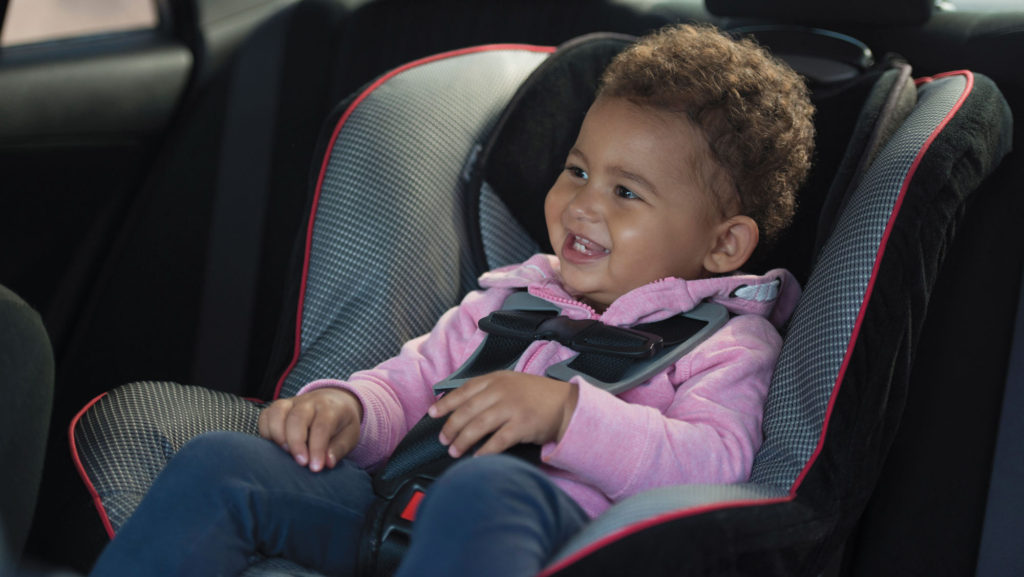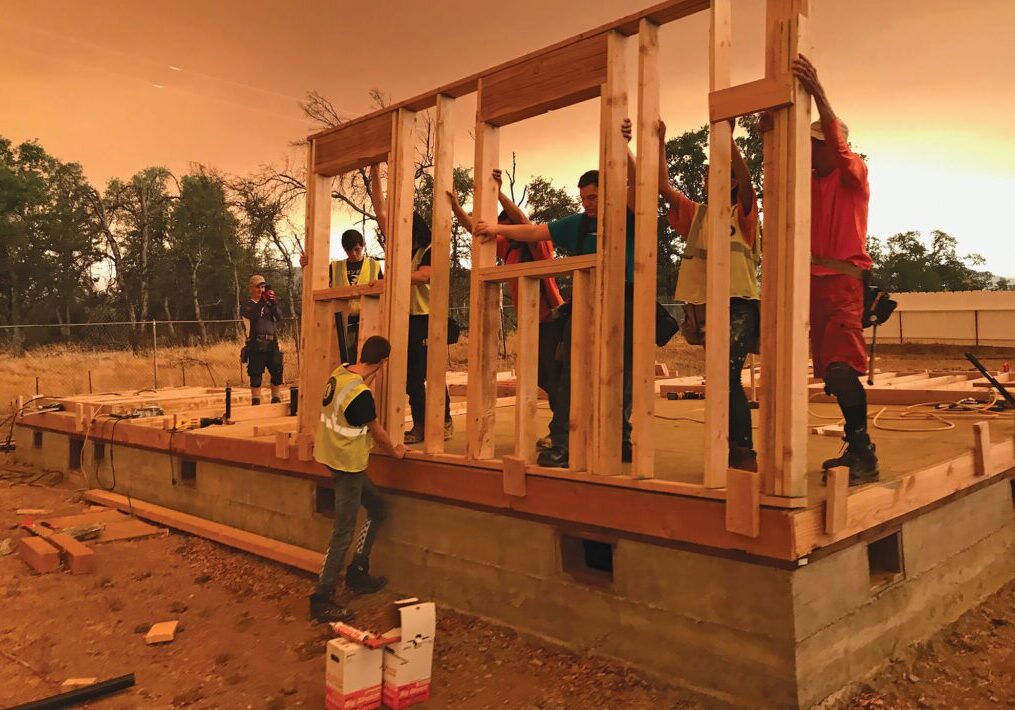As a conscientious parent, you’ve researched and bought the very best car seat with the highest safety ratings. You’ve had your car seat professionally installed by a certified car seat expert. But have you childproofed your car? Your child won’t be safe until you do.
KidsAndCars (http://www.kidsandcars.org) has launched a national program called “Childproof Your Ride” to educate parents and caregivers about lesser known dangers children face in and around cars. The only organization dedicated solely to this mission, KidsAndCars has worked to ensure that all vehicles have rearview cameras, trunk releases and safer power window switches, among other notable accomplishments.
In addition to having your child properly restrained, parents need to take three crucial steps to protect their children in and around motor vehicles.
Safety Before You Ride
The first step is Safety Before You Ride. Use childproof door knob covers or stick-on door alarms to ensure children don’t leave home unattended.
Keep cars locked and keys out of reach from children at all times. Every year dozens of children die in a hot car, about 25% of whom get in on their own. If a child is missing, immediately check the inside, floorboard and trunk of all vehicles in the area.
Never leave a car running unattended. Carbon monoxide poisoning can occur in a home even if the garage door is open. Children who get into unattended vehicles with the engine running may knock the vehicle into gear or attempt to drive. Each year KidsAndCars.org documents cases where children with access to keys or a running car have caused dangerous and often fatal crashes.
Supervise children at all times when near cars. Hold their hand or keep the child in your arms, a stroller or shopping cart. Because of the large blind zones in front of and behind vehicles, drivers can’t always see children; and each year thousands of children are injured or killed because the driver simply couldn’t see them. Always walk around the vehicle before getting in to ensure no children are near. When you’re in the car, use available technology such as bumper sensors, rearview cameras and 360-degree cameras. Rearview cameras can be added to any vehicle.
Safety While You Ride
The second step is Safety While You Ride. Buckle up for every trip. Ensure your child is in the correct safety seat or is using the seat belt properly if they’re big enough for the seat belt only.
Don’t put your child in a puffy winter coat when buckling them in. Any bulky material will compress in a crash leaving their safety straps excessively loose and risking ejection from the seat. Instead, buckle your child snugly with just their indoor clothing and place the coat or a blanket over them.
Learn how to operate child safety door and power-window locks. Children may open doors while the vehicle is in motion. Children can activate power windows and most back seat windows do not have the auto-reverse feature. The force of a power window is enough to cause serious injury and even death.
Never leave a child alone in a vehicle – not even for a minute. Children face many dangers unsupervised in a vehicle, including:
- Being inside the car if it is stolen.
- Leaving the vehicle and walking through a parking lot where drivers can’t see them.
- Being injured or dying from power windows or other power accessories being actuated.
- Being strangled by a seat belt.
Safety after you ride
Finally, make sure you practice Safety After You Ride. Each year dozens of children die in hot cars, more than half of whom were left there unknowingly by a parent or caregiver. So, always look before you lock. Check the back seat before leaving the vehicle even if you don’t think you brought your child with you.
Insist that your childcare provider call immediately if your child doesn’t arrive as scheduled.
When leaving a vehicle, hold your child’s hand, carry them or use a stroller or shopping cart. Never let your child walk ahead of you in a parking lot or sidewalk.
To learn more about how to protect your child in and around cars visit KidsAndCars.org or follow the organization on Facebook, Instagram or Twitter.
Teach Your Child These Safety Basics
- Never play in a driveway, parking lot or near cars.
- Watch for clues that a parked car could start moving – seeing the driver enter the car, hearing the engine, seeing tailpipe exhaust or brake lights on.
- Just because you can see the driver doesn’t mean the driver can see you.
- It is never safe to get into a vehicle without an adult.
- Show them how to activate the hazard lights and instruct them if they are trapped inside a vehicle to press that button or honk the horn to draw attention.
- Show them how to use the door handle to get out of the car. If one door doesn’t open, try another one.
- Point out the glow-in-the-dark trunk release inside every trunk and tell them to pull it if they ever become trapped.
- Explain that it is never safe for anyone to leave them alone inside a vehicle, not even for a minute.
Posted in: Safety, Youth & Teen
Comment Policy: All viewpoints are welcome, but comments should remain relevant. Personal attacks, profanity, and aggressive behavior are not allowed. No spam, advertising, or promoting of products/services. Please, only use your real name and limit the amount of links submitted in your comment.
You Might Also Like...
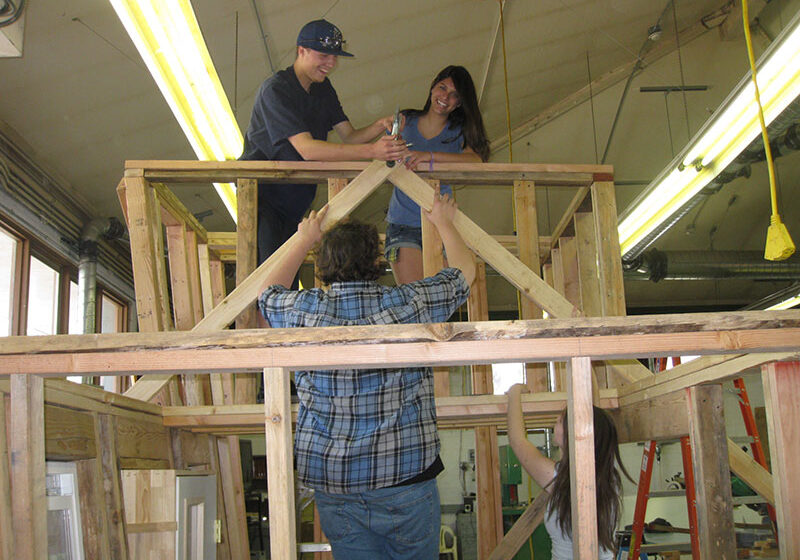
Along Came a Playhouse
As a whole, being given the opportunity to design a playhouse and work with local nonprofit Caring Choices’ Recreation and Dreams for Kids with Cancer Program (RAD) and other local […]
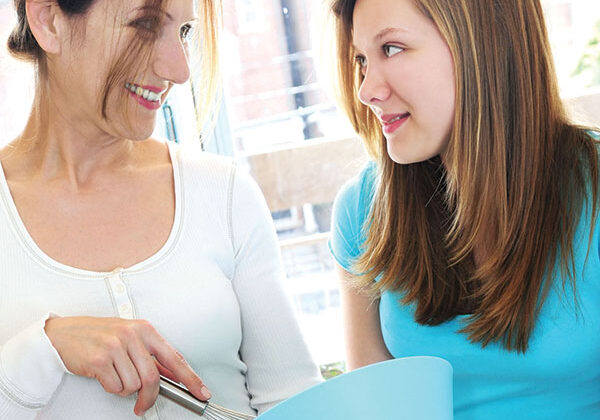
Life Is Laundry. Live With It.
Some of my friends are sending their kids off to college this fall and discovering, with some shame, that their offspring – who can build web sites, play string instruments […]
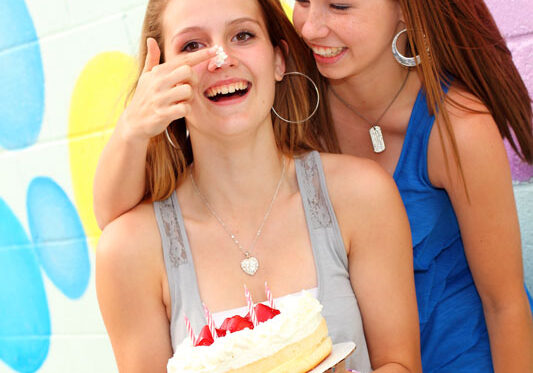
Ten Ideas For Hosting A Birthday Party For The Pre-Teen And Teenager
Sitting on the front porch of her new house, a little girl turning 3 began inviting all the children passing by to her birthday party. Overhearing, her startled mother quickly […]
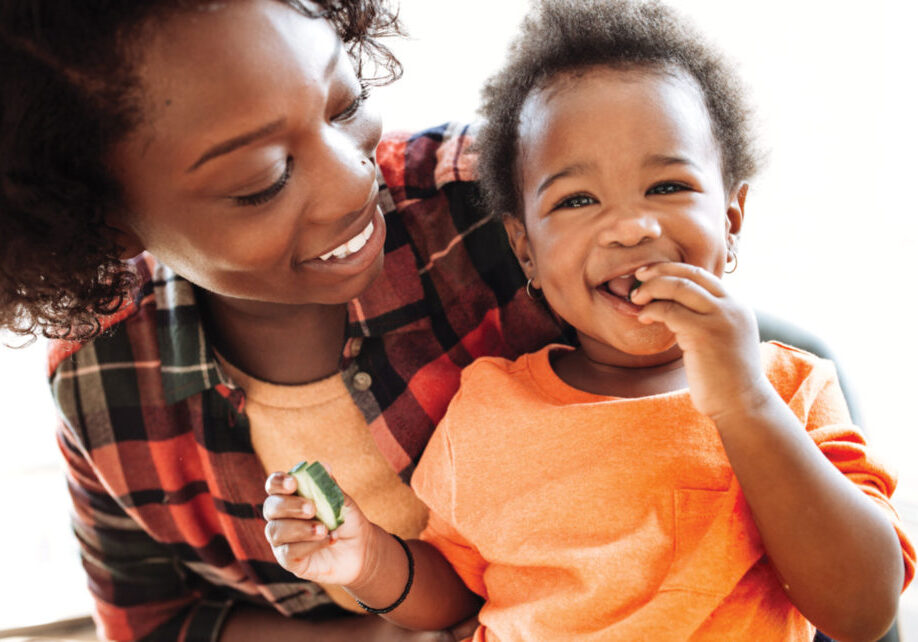
“No” Means “No”
“Can I have a piece of candy?’ My daughter asked me one morning, right after breakfast. “No, we aren’t going to have candy right now. It’s too early,” I said. […]

